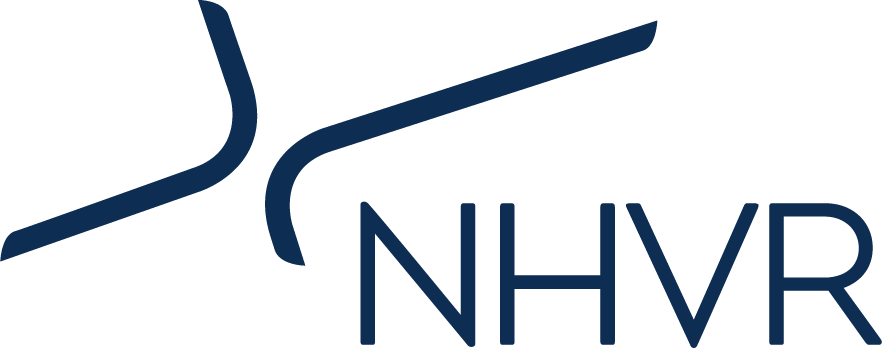Concessional Mass Limits (CML) allows operators accredited under the National Heavy Vehicle Accreditation Scheme (NHVAS) to utilise mass limits above the national general limits.
Operators wishing to benefit from the productivity gains of CML, are required to become an NHVAS member and meet the 8 Standards of Compliance in the NHVAS Mass Management module and nominate vehicles to participate in the scheme.
What are the limits for CML?
CML authorises an increase mass to a nominated heavy vehicle by a maximum of 5% above the GML, subject to:
- A maximum of 1t for a vehicle or combination with an allowable gross mass not exceeding 55t.
- A maximum of 2t for vehicle combinations with an allowable gross mass exceeding 55t.
- The mass of each axle group for a vehicle or combination must not be more than the mass limits stated in Table 1 and Table 2 below.
Additional mass concessions in Queensland
The Queensland Class 3 Heavy Vehicle Additional Concessional Mass Limits Exemption Notice 2024 (No.1)![]() allows the following for eligible vehicles when operating in Queensland:
allows the following for eligible vehicles when operating in Queensland:
- 1t increase for load sharing twin steer axle groups to a maximum of 12t.
- 3t for vehicle combinations with an allowable gross mass exceeding 85t but not exceeding 120t.
- 4t for vehicle combinations with an allowable gross mass exceeding 120t.
Access restrictions
Operators of vehicles at CML have access to the same network as currently applies to the particular vehicle class, except where prohibited by a load limit specified for a road, bridge or causeway by a sign or notice.
Concessional mass limits for axle groups
Schedule 2 Concessional mass limits of the Heavy Vehicle (Mass, Dimension and Loading) National Regulation outlines the axle group mass limits.
| Tandem axle groups | Mass limit (t) |
|---|---|
| Tandem axle group fitted with single tyres on all axles: | |
| (a) if the section width of the tyres is less than 375mm | 11.5 |
| (b) if the section width of the tyres is less than 375mm or more but not more than 450mm | 13.8 |
| (c) if the section width of the tyres is more than 450mm | 14.5 |
| Tandem axle group fitted with single tyres on 1 axle and dual tyres on the other axle or axles | 13.5 |
| Tandem axle group fitted with dual tyres on all axles | 17.0 |
| Tri-axle groups | Mass limit (t) |
|---|---|
| Tri-axle group on a vehicle fitted with: | |
| (a) single tyres with section widths of less than 375mm on all axles | 15.5 |
| (b) single tyres with section widths of less than 375mm on some axles and dual tyres on the other axles | 15.5 |
| Tri-axle group on a vehicle other than a pig trailer fitted with: | |
| (a) single tyres with section widths of at least 375mm on all axles | 21.0 |
| (b) dual tyres on all axles | 21.0 |
| (c) single tyres with section widths of at least 375mm on some axles and dual tyres on the other axles | 21.0 |
Application of CML
CML does not apply to the following vehicles (due to safety reasons or because they are eligible to operate at masses higher than those afforded by CML):
- a bus
- a combination consisting of a truck and pig trailer
- class 1 vehicles including special purpose vehicles, agricultural machine or agricultural implement
- Any other vehicle operating under a permit, notice or exemption over those specified in the Heavy Vehicle National Law (HVNL).
Class 2 permits and notices
CML can be applied to class 2 vehicles under permit or notice, where access has been granted at GML and the combination is eligible for CML.
CML is an exception under Heavy Vehicle National Law; the Class 2 permit does not require the exemption to be noted on the notice or permit.
In the instance a notice or permit specifies a condition opposing the application of CML, the operator must comply with the mass stipulated in the notice or permit.
Performance Based Standards
Performance Base Standard (PBS) vehicles are issued PBS vehicle approvals which specify mass limits the vehicle is approved to operate.
PBS vehicles are therefore only permitted to operate at CML, if approved via the mass limits stipulated on the PBS vehicle approval.
Hire trailers
Where a hire trailer is used by an NHVAS member, a Statement of Compliance (stating that the suspension of the trailer has been maintained equivalent to Standard 8) must accompany the trailer and be produced if requested.
This will require the hirer of the trailer to have an auditable maintenance system that demonstrates the trailer’s suspension has been maintained to Standard 8: Maintenance of suspension in the NHVAS Mass Management module.
Other requirements
Heavy vehicles must not exceed manufacturers’ ratings and must comply with the axle spacing requirements listed in the Schedule 1, Part 2, Table 2—Axle spacing mass limits general table of the Heavy Vehicle (Mass, Dimension and Loading) Regulation (MDL Regulation).

 Accessibility tools
Accessibility tools

